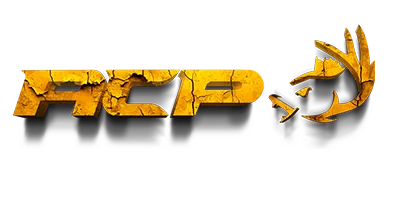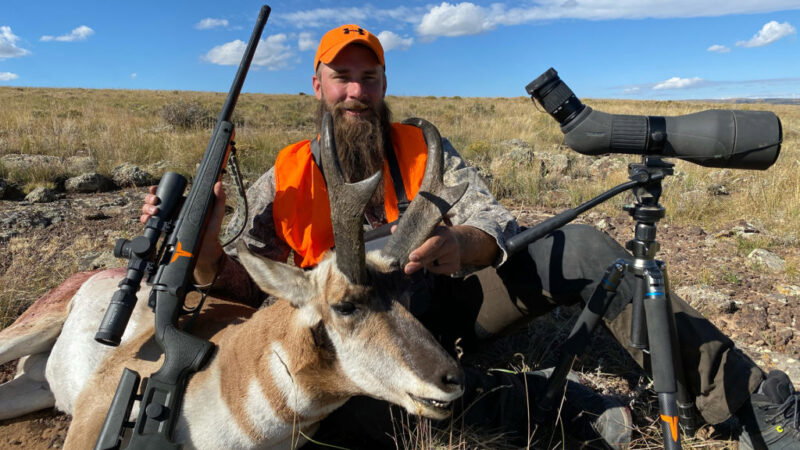Why Spend Money On a Binocular
Why Spend Money On a Binocular
Why Spend Money On a Binocular. Why spend the money on a binocular when I have a great riflescope? is a common question we hear over and over. It’s hard to believe that each year in hunting camps across North America, we meet hunters who go afield without one. These same hunters who spend ghastly amounts of money on custom rifles, long-range scopes, technical clothing, etc., won’t pay for what we consider the most important component of hunting gear: a binocular.
And so the excuses go: too much to carry, cost too much, I only hunt one week a year, my furthest shot is no more than 100 yards, I’d rather spend my money on a better gun and scope because that’s what’s actually going to get the job done. Many hunters still think that a binocular is like “tits on a bull” to the final outcome of a harvest. So, why spend more than $100 for one?
There have been plenty of hunts that we’ve never even touched the binocular. I remember one time in Iowa when I’d just got settled in my stand and out walked Mr. Big. My heart was beating out of control. I picked up my muzzleloader, dialed in the scope and boom. But hunts rarely unfold that way. The following are a few key advantages as to why you should never head into the field without a binocular.
It’s Not Safe: Why Spend Money On a Binocular
First and foremost, glassing is not practical or safe with a riflescope. Pointing a loaded firearm in any direction that you’re not intending to shoot is never recommended. You always want to use a binocular to identify your target first before shouldering your rifle.
Scouting
There’s no better way to scout than with your binocular. Whether you’re planning to hunt elk in the Rockies or mule deer in the Midwest, first find a suitable glassing spot on a topographical map that will give you a 360-degree view, especially if it’s your first time hunting the area. This will allow you to get full use of your binocular as well as keep you out of the animals living quarters. Once you pick your glassing position, find the quickest route to get there without disturbing the wildlife.
Game Identity
Whether you’re looking over vast amounts of prairie or 100 yards of tag alder swamp, the best way to spot deer is by slowly glassing small chunks of territory. Old bucks don’t typically walk around in the open during daylight hours, which is why it’s important to take your time. Study small areas for 30 seconds to a minute while looking for antler flashes, tail flicks or ear twitches. After you’ve taken a close look, glance the periphery and pick out another little patch to inspect.

One of the best ways to spot bedded down deer is to look for horizontal lines. Trees, brush and grass grow vertically and the back and belly of a deer will stand out against the vertical lines. Once you learn to find deer in this fashion, they will start to look like they are wearing blaze orange.
Glassing also allows you to better judge animals at a distance and determine whether to pursue them, thus saving loads of energy and time. You can also observe other hunters and know when to move to the next ridge. When you look, move only your eyes, not your head or the binocular. I do this by reading each field or mountainside as I would a book, from left to right, top to bottom. Then I move the binocular to the next “page.”
With quality binoculars, it’s easy to think of the area ahead of you as a big puzzle, and you are going to scan it and closely look at how the pieces go together. Be certain to stop and peer into brush or downfalls, because those are areas where big animals prefer to hide. Keep your binoculars focused and set for your eyes so you can comfortably scan near and far. And remember, you can’t shoot what you can’t see. That’s why we believe a binocular is the most important piece of equipment in the hunter’s kit.








